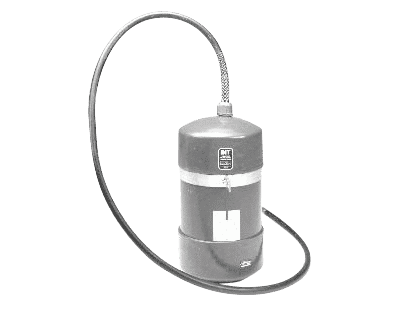
Standard Induction Neutralizing Transformers | INTs Only Style | P15902
INTs mitigate problems on copper telecommunication lines
Style
INTs Only
Pair
100 Pair
Part Number
P15902
Style
INTs Only
Pair
100 Pair
Part Number
P15902
An induction neutralizing transformer (INT) or digital induction neutralizing transformer (DINT) is utilized to mitigate induced A/C voltages, currents or harmonics that may be causing noise or equipment malfunctions or damages. It is a simple, passive device that splices in series with analog, digital or xDSL lines.
SNC’s induction neutralizing transformers provide an effective and economical solution for telephone and power company personnel when an issue arises in a telecommunication system.
Problems that an induction neutralizing transformer treats
Whether caused by lightning strikes or other interferences, an INT eliminates issues so customers may continue to use copper-based phone lines without disruption. Common problems an INT can fix include:
- Excessive steady-state interfering A/C-induced voltages or current on the central office (CO) terminal equipment, 911 circuit, data modems, analog inter-office or subscriber line carrier systems that may be causing equipment malfunctions or damages or be creating an electrical safety hazard.
- Excessive induced A/C voltages or current caused by switching surges on nearby powerlines or lightning. These voltages or current may also cause equipment malfunctions,equipment damage, or create electrical safety hazards.
- Excessive power influences (harmonic-induced A/C voltages or current) levels that may cause circuit noise.
Typical induction neutralizing transformer applications
INTs can be located at the Central Office and/or in the network, at the equipment location or at each end of the facility. The best location for the INT depends on the problem that needs to be treated.
Questions about SNC’s induction neutralizing transformers?
For more information, or to ask questions about SNC’s reliable, problem-solving induction neutralizing transformers or digital INTs, view this instruction guide (T0114) or contact us today.
Request a Quote
"*" indicates required fields